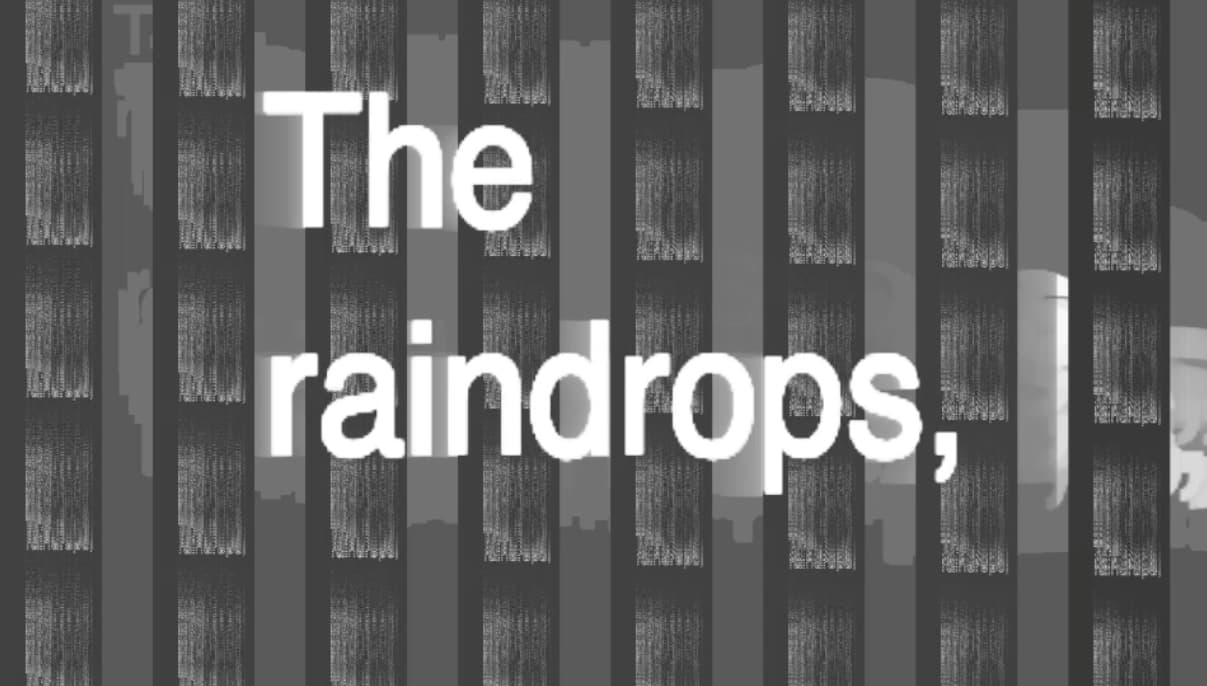The term generative can refer to a process that is executed computationally. Based on a set of rules and parametric changes, outputs are generated iteratively. Outputs here can be of many types and origins.
In this workshop we focused on typography as a kinetic output transformed by code.
How can we build systems in code to create generative type? Through a series of exercises exploring the generative, dynamic and playful potential of type, we created a series of digital outputs presented in this online showcase.














Cycles - A link between the rebirth cycle in buddhism and the perpetual nature of algorithms.
The concept of rebirth in Buddhism is perceived as a natural phenomenon, and within the Buddhist framework, there is an understanding of eternity. Similarly, in coding and algorithms, the concept aligns with the idea of processes repeating or iterating, reflecting a perpetual and ongoing nature.



Sketches
In this workshop, I approached the sketches with iterations in mind. Every step could result in an interesting outcome, even if I don't know what exactly the code does. My favourite code now are tiles as it produces a very generative-like aesthetic with its displacement effects.
Session 01
Session 02
- Vertex_Points-!!! Glitchy vertex points of an exclamation mark.
- Kinetic_Text-Chop You could almost hear it.
Session 03
- Buffer-Raindrops Text moving along with the lyrics of Sit Down Stand Up.
- Buffer-Colours Almost teletext looking thing, made with blend modes and buffers.
Session 04
- Project-Cycles In the far-off future of 20XX, algorithms govern every aspect of human life. What was once a spiritual haven, religion has now become mechanised with rebirth cycles, drawing an increased interest in Buddhism and cyclic changes. This reimagined society places religion in the hands of technology.







